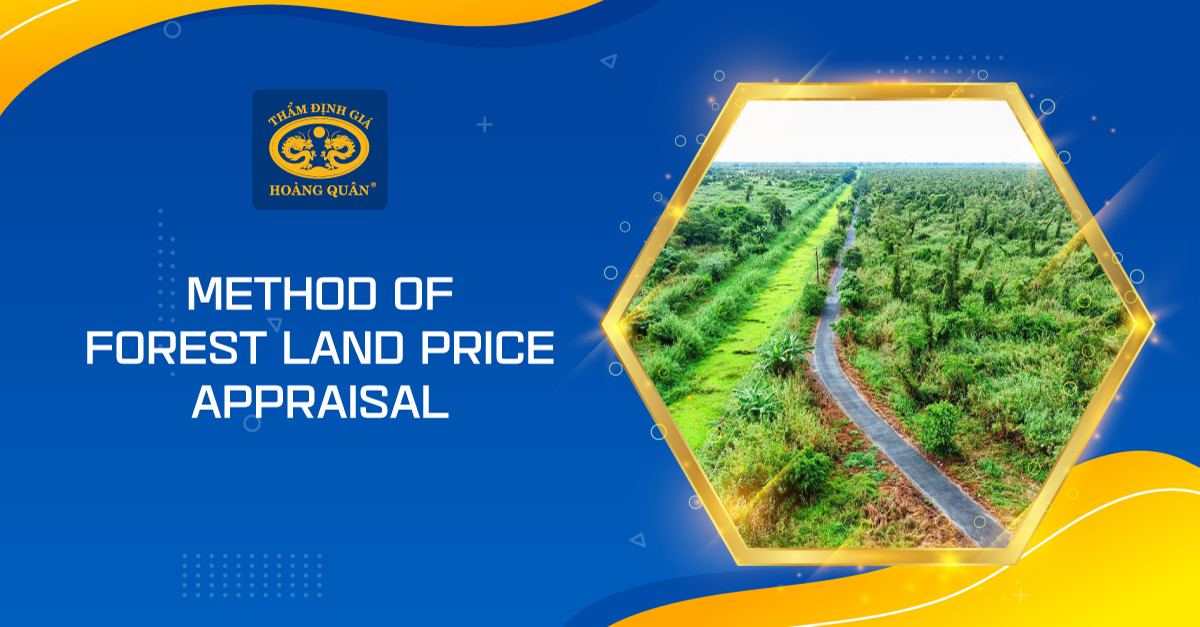FOREST LAND VALUATION METHOD
The forest price determination methods are applied according to the following principles:
- The comparison method applies when there is sufficient information and data of the forest compared with the forest in need of valuation;
- The income method is applied to value forest types when net income from forests is determined, cannot collect all data on transfer or lease prices or cannot calculate the forest price of the forest area. similarly comparable in the market;
- The cost method applies to the valuation of ownership of planted production forests when reasonable expenses for forest investment are determined, net income from forests or net data is not determined. the price of transfer, lease or the price of a comparable forest on the market cannot be calculated.

When a forest can collect transfer prices, lease prices of forest use rights, or market ownership of planted forests, or prices determined by a competent state authority, and can be calculated at the same time. if it is purely imported by the forest to be valued, while it is possible to determine the reasonable costs of investing in forest creation (in the case of planted production forests), the methods of priority can be used. is the comparison method, the income method, the cost method.
In the following cases, it is necessary to use a combination of methods of determining prices of forest types specified in this Circular to inspect and compare with prices to decide on specific prices:
- The transfer or lease of forest use rights and ownership of planted production forests have not taken place widely in the market, the collected data is not systematic;
- The transfer and lease prices on the market fluctuate abnormally, not accurately reflect the supply and demand relationship to the forest under normal conditions;
- The price of forest use rights or ownership of planted production forests determined by one of the methods with results higher or lower than 20% of the forest use right price or forest ownership price. Production is the actual plantation forest in the market.
Related article
- VALUATION OF ASSETS TO CONTRIBUTE CAPITAL IN THE COMPANY
- CUSTUMER GRATITUDE HQA DISCOUNTS 10% SERVICE FEE
- VALUATION COMPANY REAL ESTATE INDUSTRIAL PARK TOP VIETNAM
- An Independent Appraisal Of Prices By Banks As A Partner
- WHY NEED ASSESSMENT WHEN BANK LOANS?
- FINANCIAL PROOFING TO STUDY ABROAD IN US 2023



 VI
VI